

The traditional inspection and surveying of tanks and silos is a slow and costly operation. Today, drones have revolutionized the process. Tanks and silos can be inspected inside and out in a fraction of the time and at a fraction of the cost, with minimum asset downtime. Engineers With Drones tailors your inspection, so the deliverables are exactly what you asked for.
The use of drone 3D modelling technologies gives you the opportunity to inspect a digital twin of a tank, silo or vessel from the comfort of your office. This detailed replica can be inspected at a minute level, allowing you to make a record of any areas that are in need of attention. Issues such as poorly executed repairs, general damage and other potential weaknesses can be shared with your employees, suppliers and other shareholders at the click of a button.

Drones equipped with thermal imaging cameras allow you to accurately assess the condition of a tank, silo or vessel. Infrared photographs can be used to detect extreme temperature differences that can locate otherwise unseen issues, such as concealed moisture damage and heat leakage.

Using drone photography and orthomosaic technology, allows us to perfectly reflect a geographic area. Giving you a crystal-clear top-down view that has been corrected for geometric distortions — resulting in a pinpoint representation of the Earth's surface. An orthomosaic map is a state-of-the-art measuring device for accurate readings of scale and distance.

The use of specialist impact-resistance technology deployed with our drones allows us to access areas that are otherwise too hazardous or difficult to reach. Get instant data from confined spaces without the time-consuming, labour-intensive and costly methods of the past, and with zero risk to personnel.
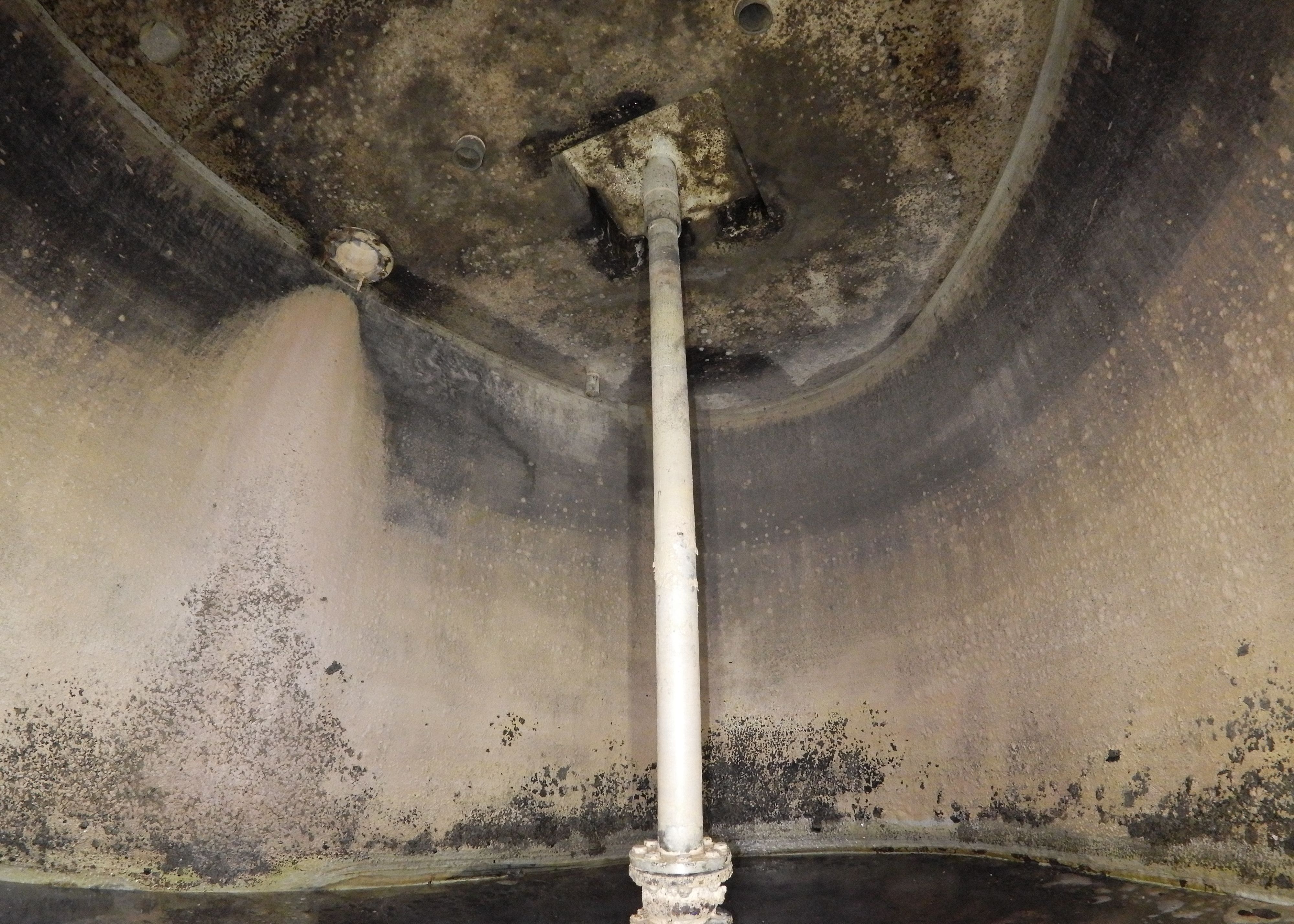
As licensed engineers, we also provide the expertise, understanding, and knowledge necessary to carry out a thorough inspection, with deliverables to match. Our skilled engineers are at the ready.
The Irish Aviation Authority has awarded Engineers with Drones full approval in accordance with the most recent European-wide EASA regulations.
To ensure that you always get the best possible service and cutting-edge deliverables, we purchase the most up-to-date drone technology as soon as it's available.
The operation of Engineers With Drones is governed by a comprehensive HSSE system. Our guiding principles are to reduce risk through rigorous assessment, and to maintain a high level of staff education and training.
We have 6.5 million in public and product liability insurance, and 13 million in employers' liability insurance. Engineers with Drones are fully insured to fly wherever you need.
As we're situated in Ireland, we can respond to your needs quickly, with zero travel complications.
As seasoned engineers in the field, we are aware of the trouble that shoddy reports and deliverables can create. For this reason, we provide you with exactly what you require.
Thanks to our fast turnaround times, your entire project can be completed in a fraction of the time of traditional methods, without any compromise in the quality of your deliverables.
In addition to quadrupling the resolution of an HD camera, 4K also gives you quicker frame rates, incredible contrast variations, and expanded colours. VR video takes the level of immersion and clarity to the next level.
The safety of your personnel and our own is paramount, and we place it at the forefront of our company culture. Ask us about our HSSE systems and practices.
Drone inspections take up less of your manhours and resources than traditional inspections, giving you a faster and more budget-friendly return on your investment.
We understand that you need answers fast. We can deliver a plain-English report with clear-cut conclusions in days. Then, you can take the steps you need to and get back to doing what you do best.
Drones aren't just for flying up in the sky. Our specialist drones can fly into confined spaces like chimneys and boilers to look for issues that would otherwise be inaccessible.
Drone technology is cheaper, safer and more reliable than traditional methods such as scaffolding, cherry-pickers and ropes. It's also quicker and less labour-intensive. We will bring everything we need and be out of your way that same day.
Our equipment won't touch or even go close to your assets. Our high-resolution cameras use optical zoom to give extreme close-up views while staying a safe distance away.
We use cutting-edge technologies to detect problems that would otherwise be invisible. These include ultra-HD photography/video, LIDAR and thermal imaging.
Sometimes the brief can change even in real-time. If need be, you can be stood there right next to the drone operator, directing them as the situation develops.
Depending on local regulations, tanks and silos need to be inspected every five to 10 years. In the past, these inspections meant that the asset would have to be accessed by rope, cranes or scaffolding. It also meant there was a risk for the people working at heights in confined spaces, and the risk of contamination and damage caused by objects or tools falling into the tanks during inspections.
Using the latest confined space drone tech, we can complete your inspection much faster than traditional methods would allow. All the information you need in less time with less hassle and risk.

Maintenance of tanks will always pose the same problems, whether it's LNG tanks, freshwater tanks, or oil storage tanks; corrosion, weather damage and general wear and tear. With advances in drone technology, the detection and repair of these issues have become a lot easier, faster and safer.
Using the latest technology, our drones can identify areas of thermal abnormalities and cold spots in a fraction of the time of traditional methods, without the labour and time-intensive need for cranes, rope or scaffolding. Our drones allow endless possibilities when it comes to angles and perspectives of your assets, all recorded in crystal clear high-definition.
Engineers with Drones' pilots are all fully licensed and certified. Together we can create a detailed flight plan to ensure data is collected efficiently and safely.
Let's talkWe take emails, phone calls, messages, everything! If you are unsure of what's possible we are happy to advise, the most important thing is to get in touch. We'll be happy to answer any questions you may have.
With drones, it's best to begin where you want to end up. What sort of deliverable would you like when it's all finished? If you are not sure then we can advise. We can look at what you would like and work backwards from there.
Once we have agreed on what is to be done, the scope of work is set and a price is agreed upon. We feel it is vital that everyone knows what they are getting and what they are paying for it. There should be no confusion.
Once we have confirmation you are happy to proceed, we start the ball rolling. We organise things like RAMS, site permits, Air Traffic Control clearance and much more. Basically, we generate everything needed to turn up on-site with all our ducks in a row.
Next, we do the work on site. We have the gear, we have the know-how, so now it's time to get the job done. This can sometimes be affected by the weather, but for the most part, we get the job done on the date specified.
This is where we take what we generated in the field and turn it into a final deliverable for you. This can be anything from the raw data itself, to fully processed Orthophotos, condition reports, CAD line work or thermal imagery.
The final step is the handover of the deliverables. We tend to use a cloud-based service, so you can access your data anywhere. We can also tie into your existing systems if that is more convenient.
Our drones (and our people) can offer a lot more than just HD images. Our team all come from specialist engineering backgrounds, and they use all the very latest drone technologies and capabilities to deliver expert analysis on all types of commercial, civil and industrial assets. If you need an engineer's expertise, next-generation drone technology and industry-leading deliverables, then you've come to the right place.
Capture high-quality imagery of your assets from never before seen vantage points.
Find out moreDetect abnormalities within your assets that are otherwise invisible to the naked eye.
Find out moreCapture a high-resolution, photorealistic 3D model of your terrain, accurate to the finest details.
Find out moreMitigate the risk factors of traditional confined space inspections, without compromising on quality.
Find out moreWe purchase the latest drones as they come on the market to ensure you are getting the highest quality service from us at all times. Here is a quick look at what we would be most likely to use for a typical drone tanks, silos, vessel inspection.

The M300 RTK by DJI is the premier enterprise-level inspection drone on the market. With a flight time of up to 55 minutes, lots of built-in redundancy, and a host of payloads to choose from, this is our go-to UAV for inspection work. When coupled with the Zenmuse H20T camera, it is capable of safely inspecting high-value assets at a stand-off range.

One payload with a multitude of sensors. The H20T is specifically designed for conducting inspections of high-value assets. When coupled with the Matrice M300 aircraft, the various sensors on the H20T give the operator a wide array of options to get the best imagery possible.

The confined space master: The Stereo 2 by Multinnov is the cutting-edge in confined space and indoor inspection drone technology. Eliminating the need to send personnel into hazardous locations, the Multinnov Stereo 2 can be deployed at a fraction of the cost, and with zero downtime. This is a drone designed from the ground up to get into restrictive and hard-to-reach places.
Read more...
Read more...
Read more...
Read more...
Read more...
Read more...
Read more...








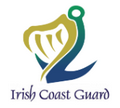










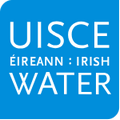

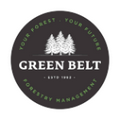





















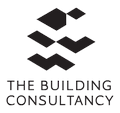































































































































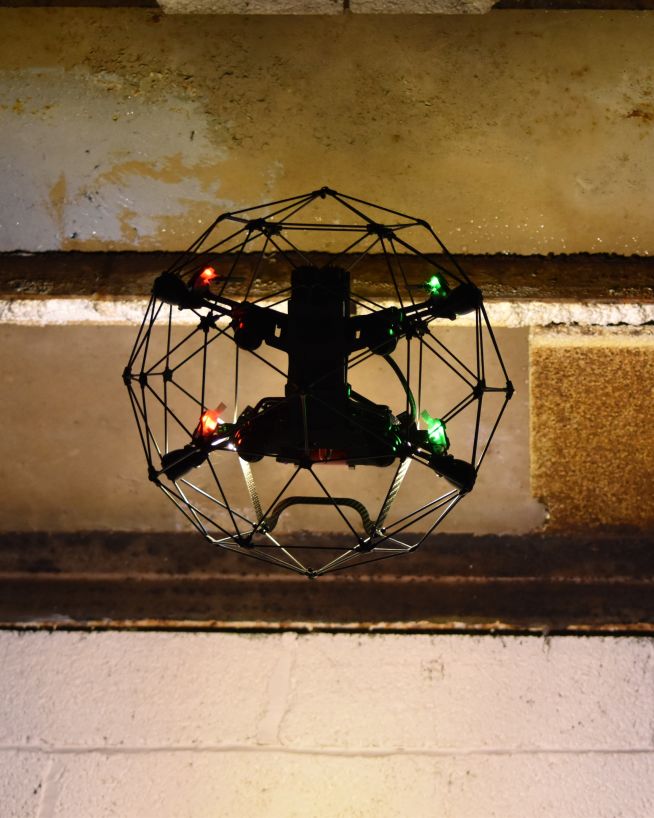
Eliminate safety concerns, save costs and reduce downtime
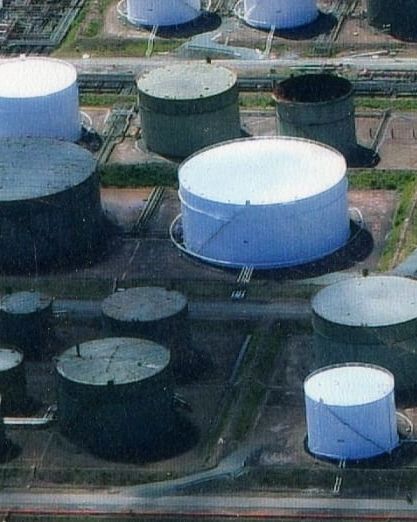
Safer and more cost-efficient flare (oil and gas) inspections
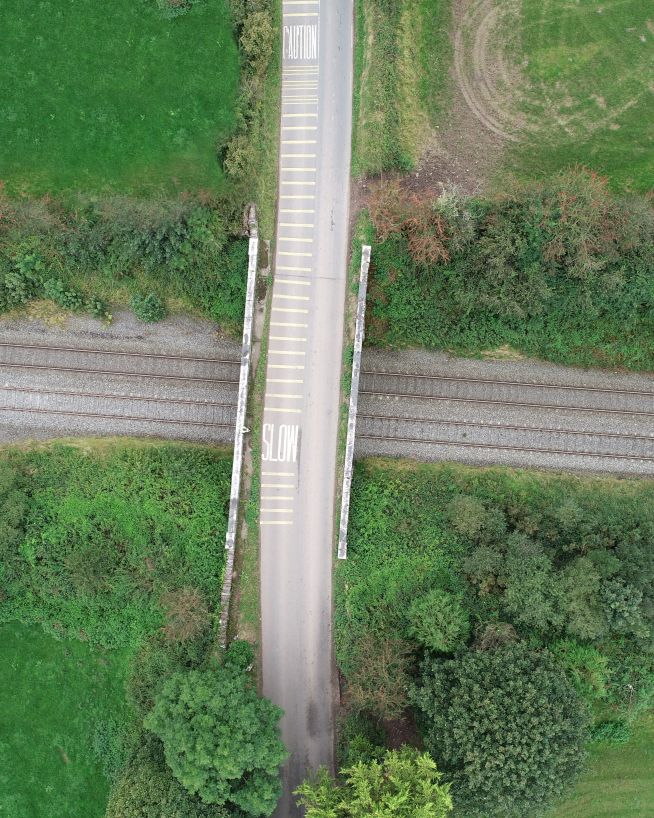
Eliminates downtime and safety concerns, at a fraction of the cost
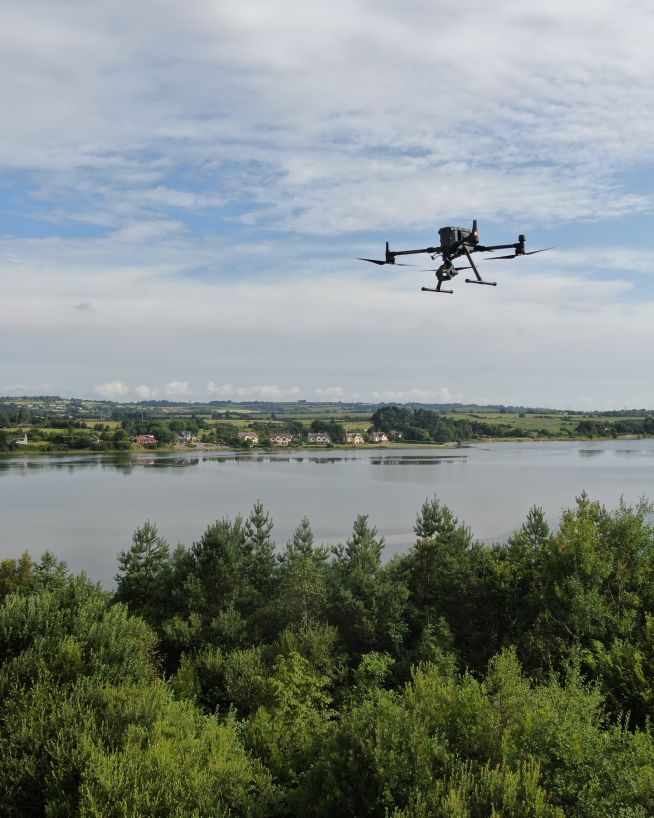
Safer, more precise data collection at a fraction of the cost
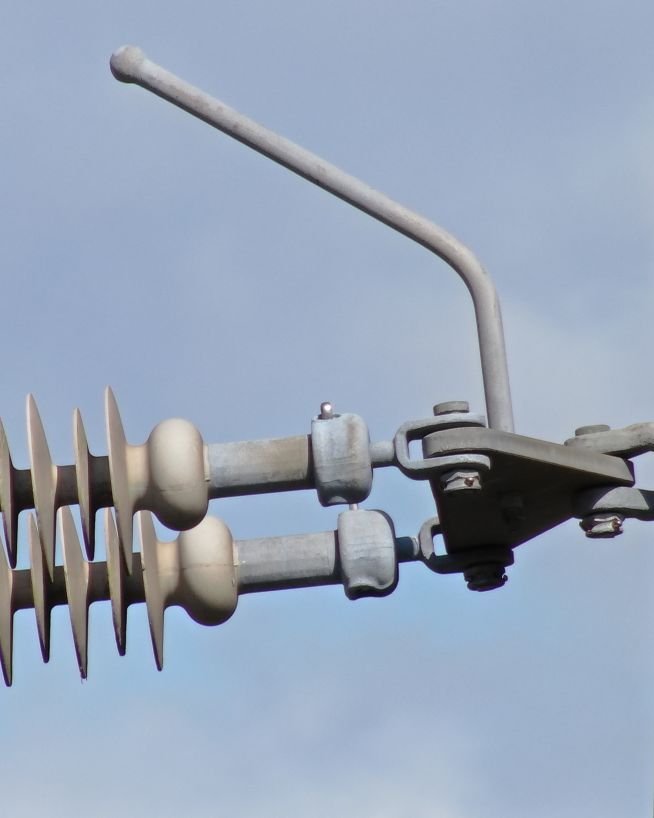
Instantly usable data via a safer and more cost-effective process
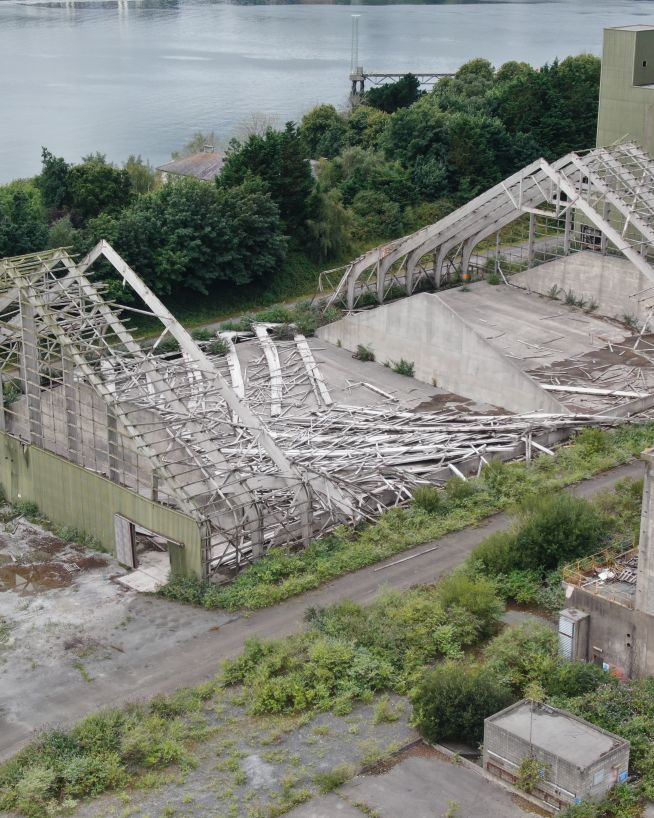
Assess damage quickly and with pinpoint accuracy
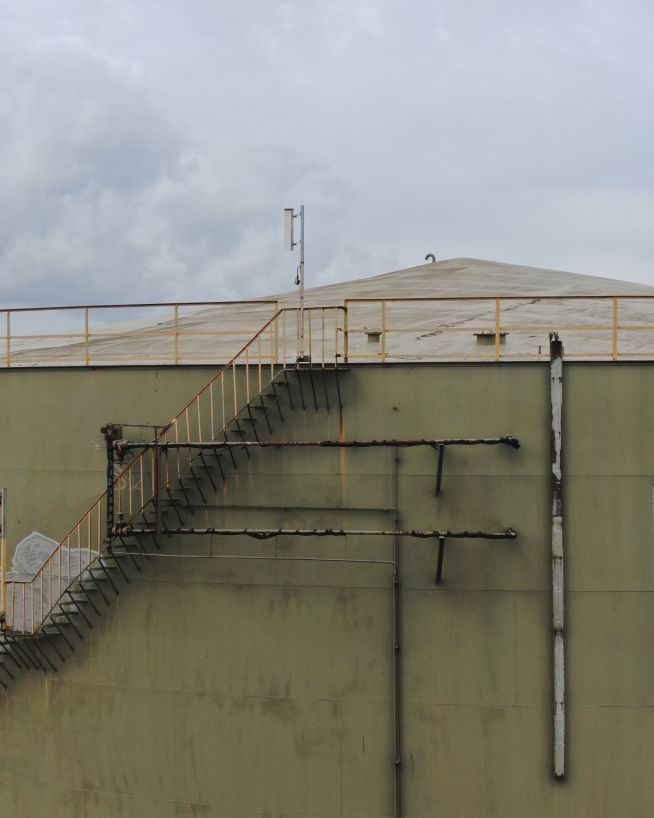
Get fast, usable data from a safe distance
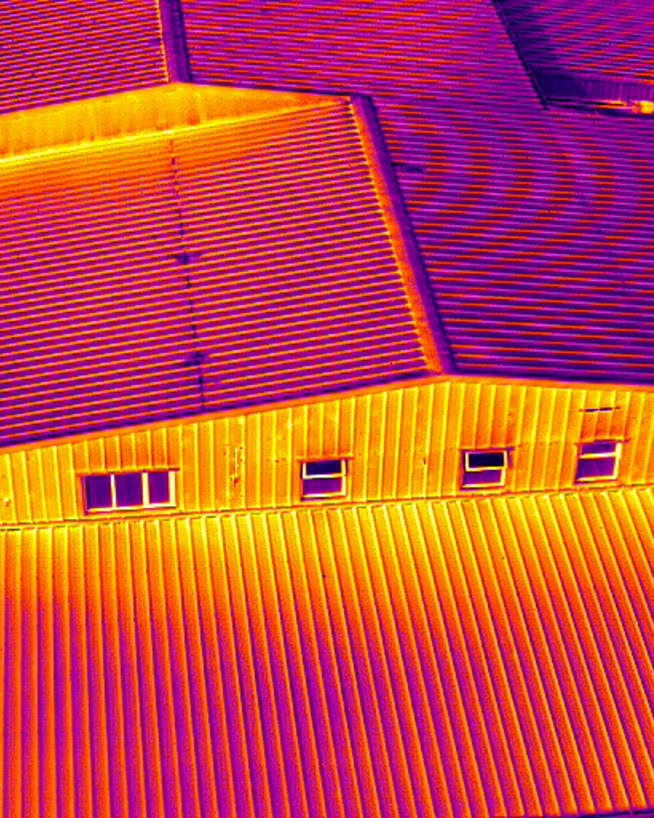
Record and document reliable visuals without safety concerns
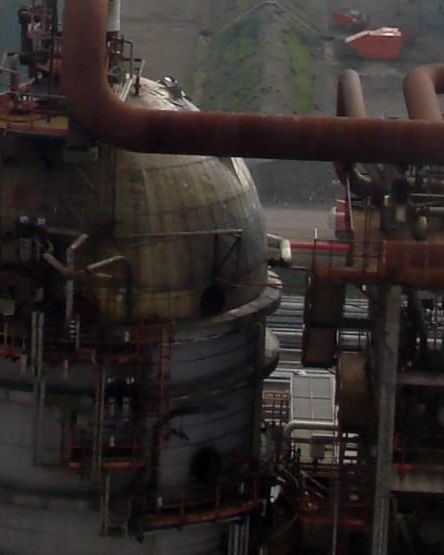
Fast, actionable data without the risks of traditional inspections
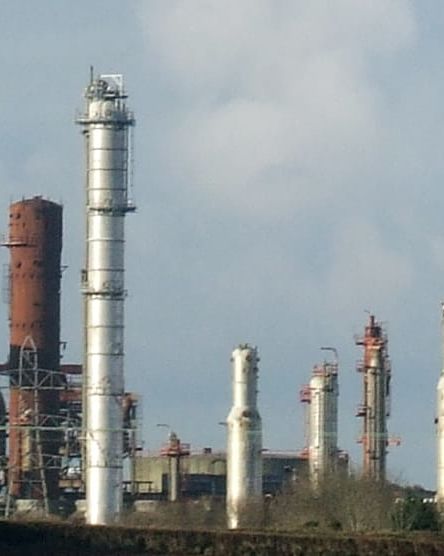
Actionable data from a safe distance, with less downtime
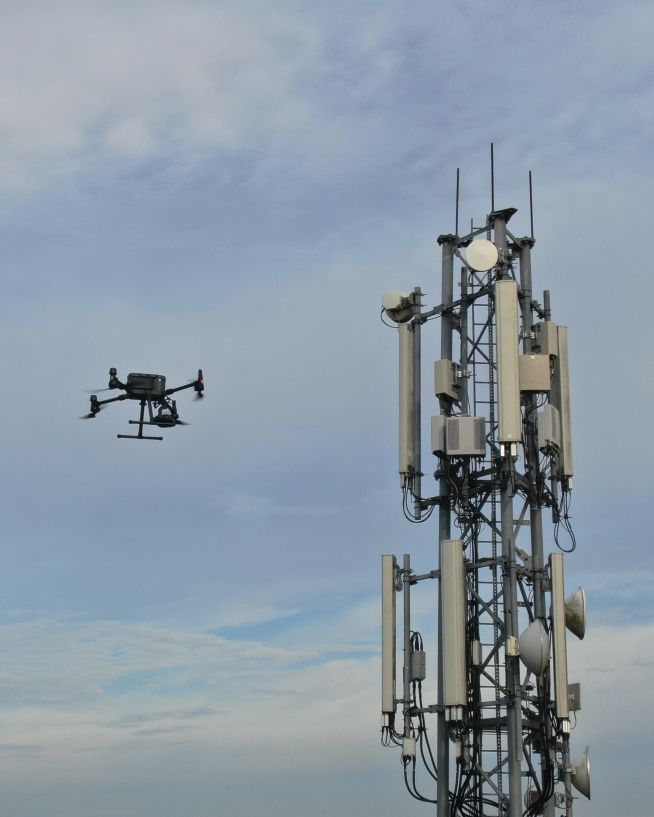
Reduced risk, damage to towers and delays
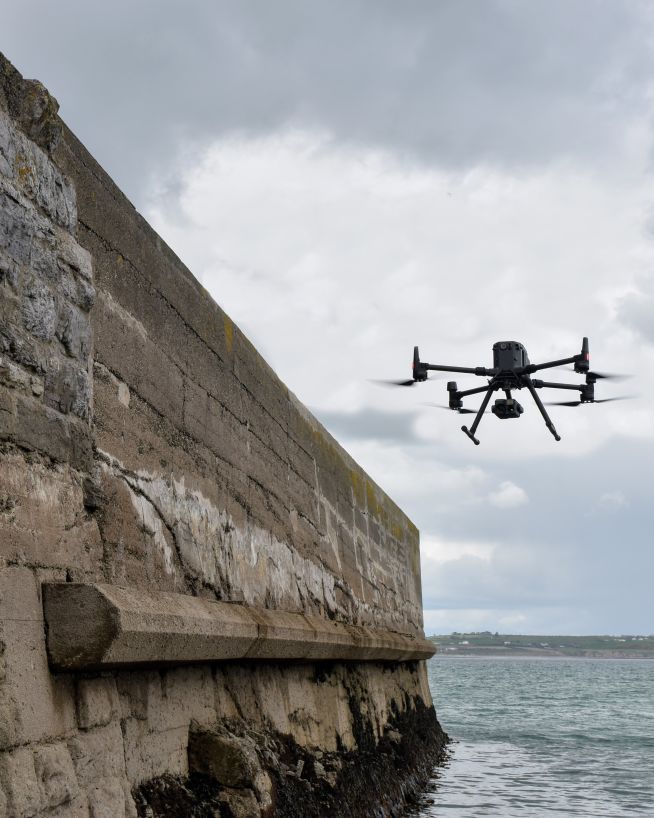
Monitor coastal assets safely and with more precision
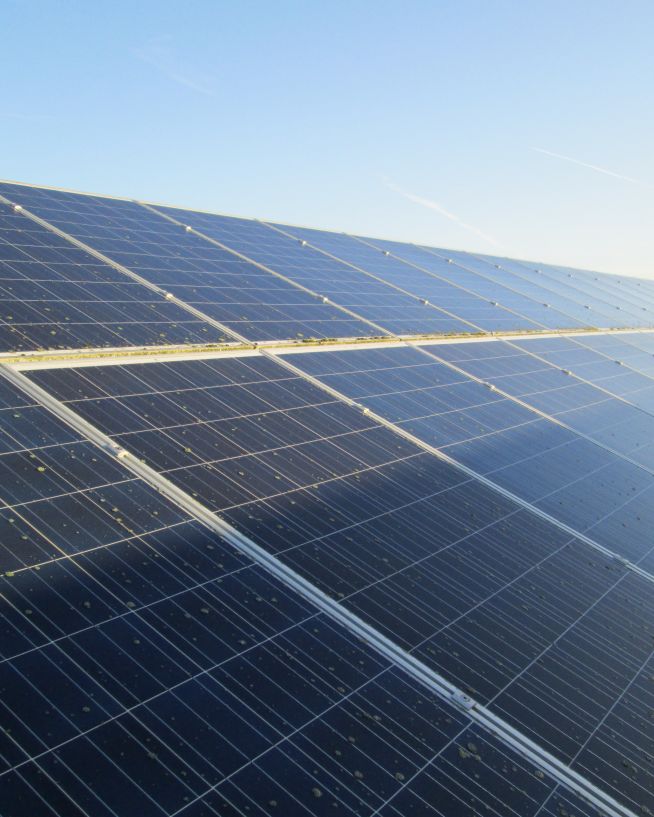
Get actionable data on quality and operational health
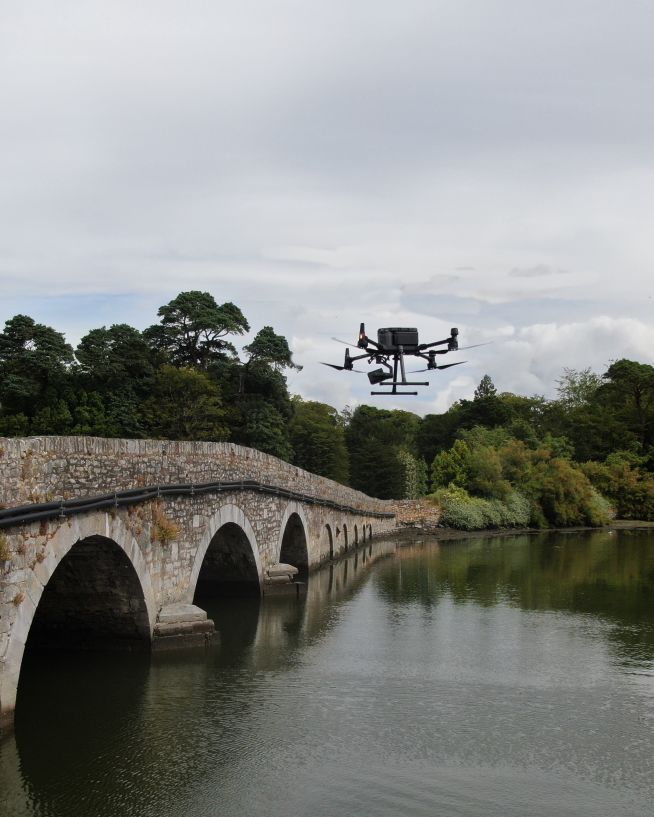
Safer, more cost-efficient, with less downtime
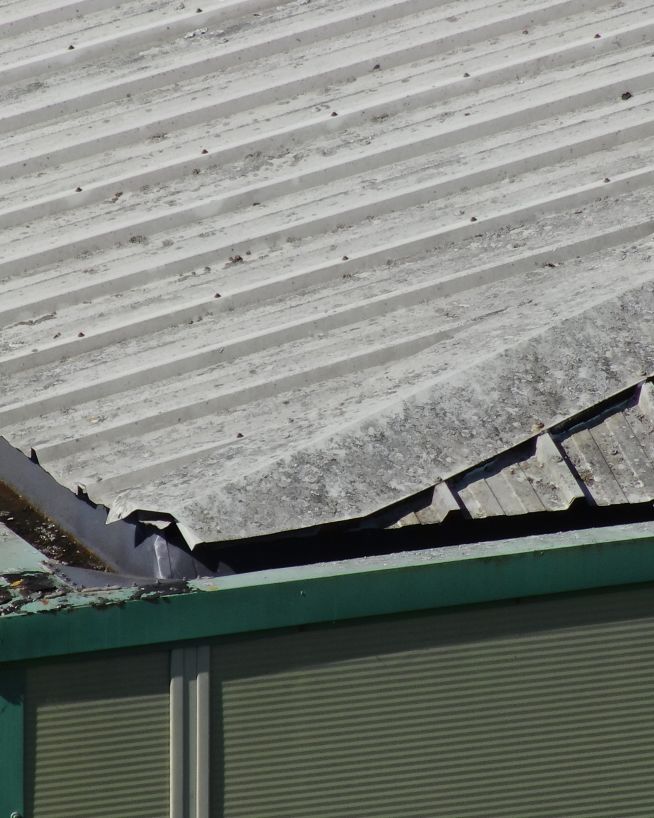
Clearer, faster results without the risks
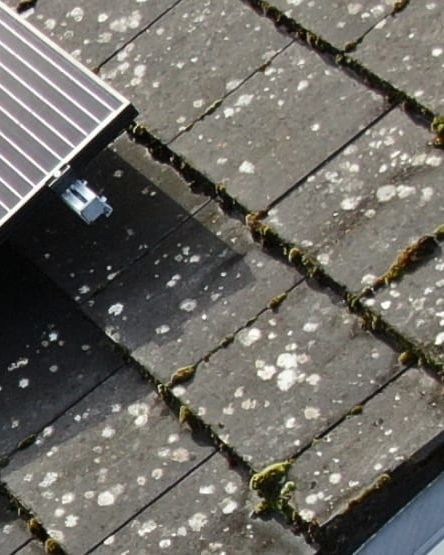
Ensure solar panel efficiency from precise data collection
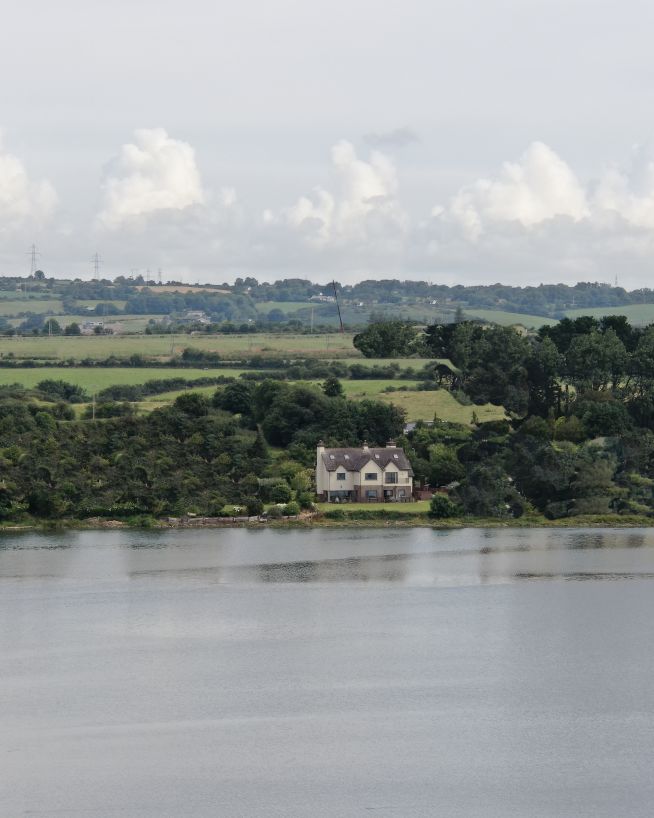
Add "Wow Factor" to residential and commercial property listings
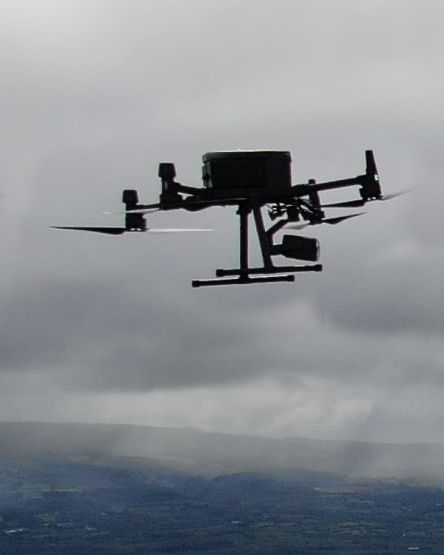
A more cost- and time-effective way to receive critical data
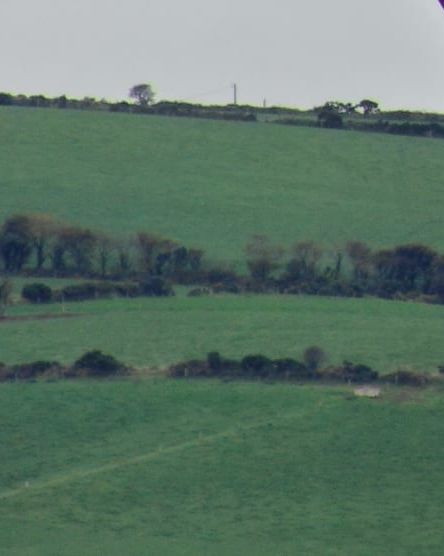
Critical, pinpoint details with none of the risk
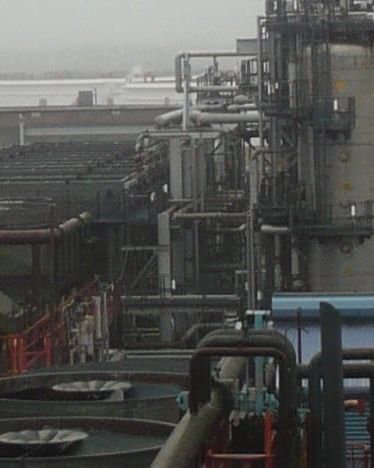
Keep production running while collecting instant critical data
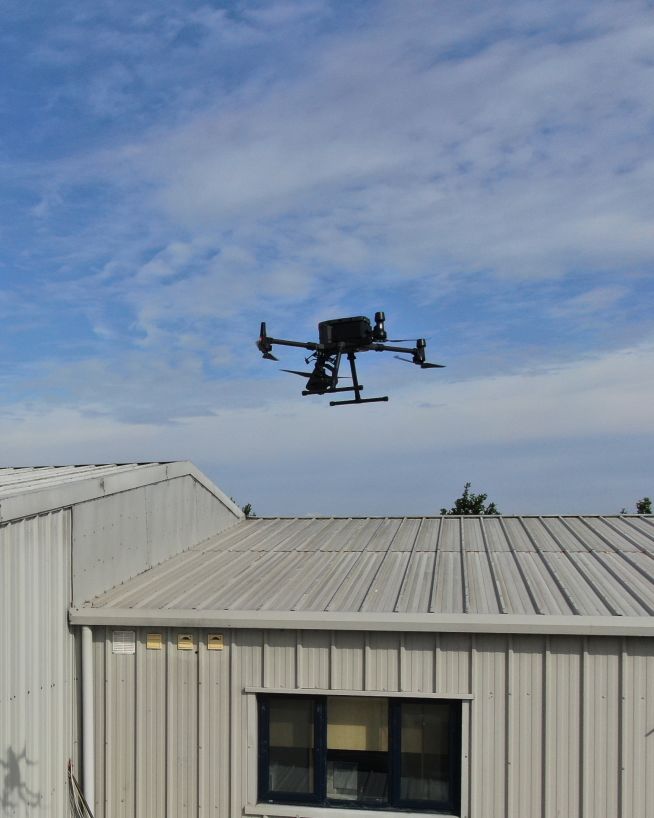
Accurate, safe and instantly actionable data collection
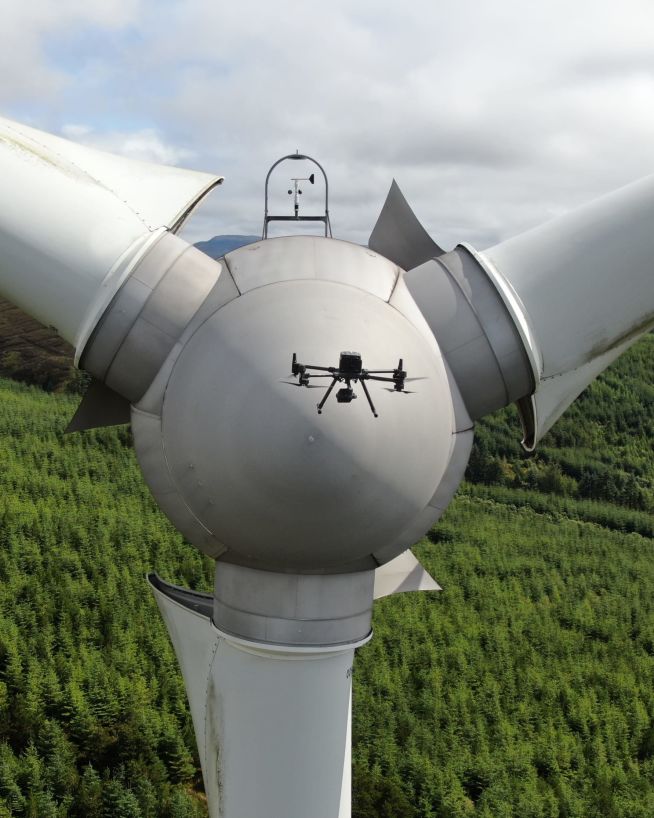
Inspect and maintain energy assets without risk or downtime
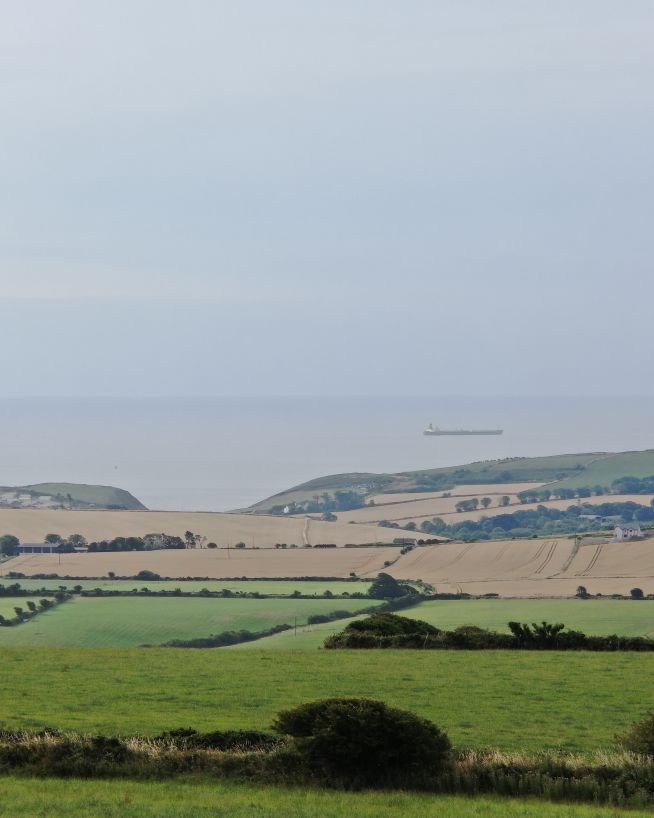
Endless perspectives, without manned aircrafts or structures

Faster, cheaper and more accurate analysis of land

Safe, precise and instant reports on vessels and infrastructure
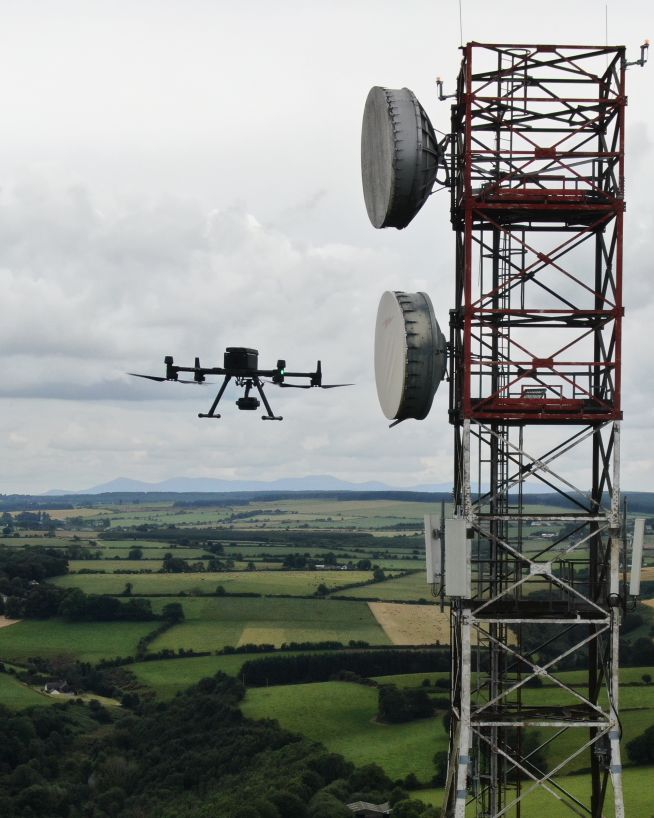
Instantly view complex structures, keeping risks to a minimum
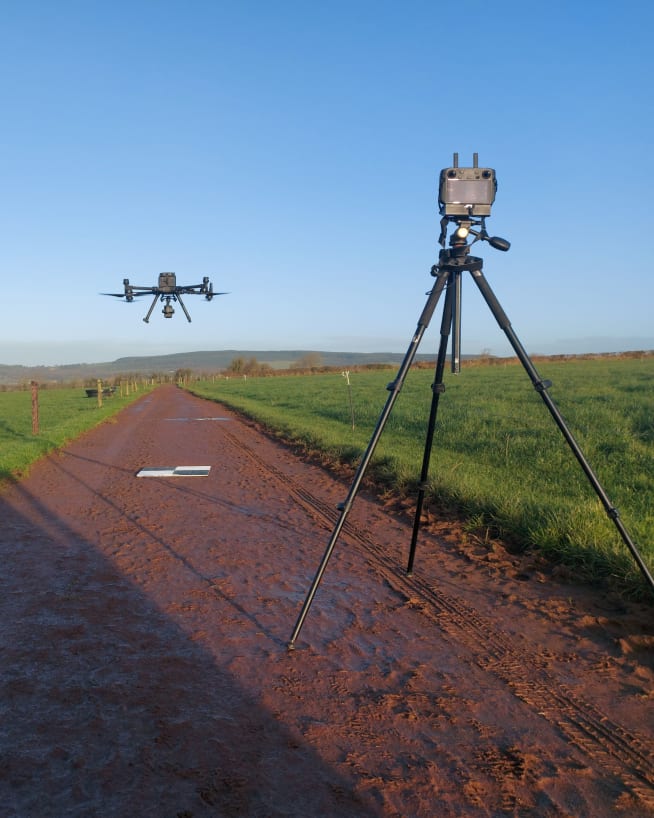
Accurate and efficient analysis of crops and land
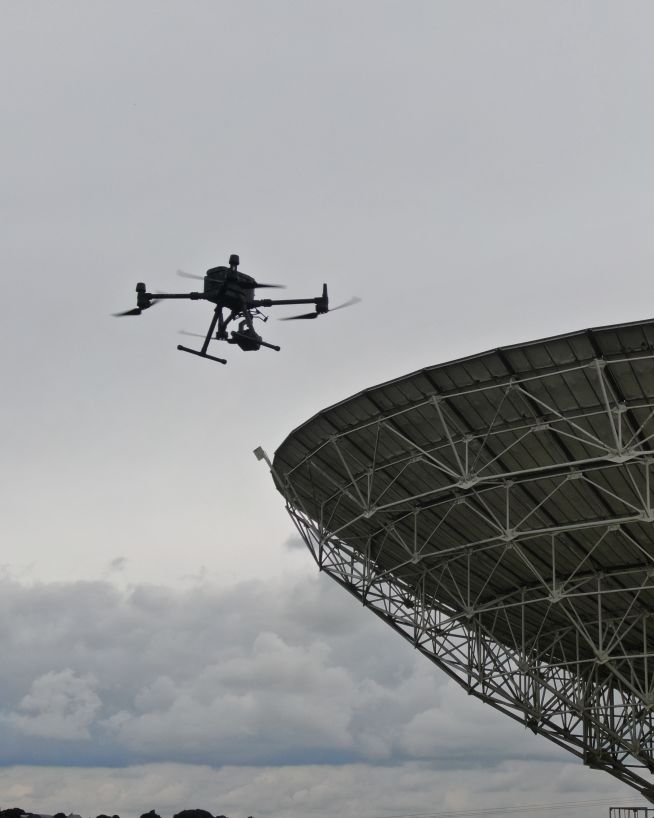
Get critical data on cell and telecommunication infrastructure
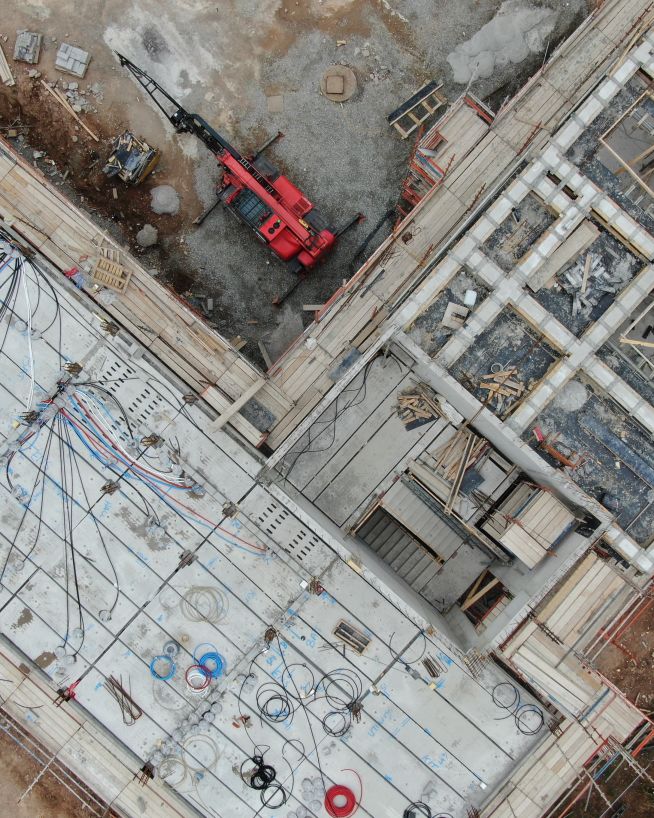
Instant, actionable data with no downtime
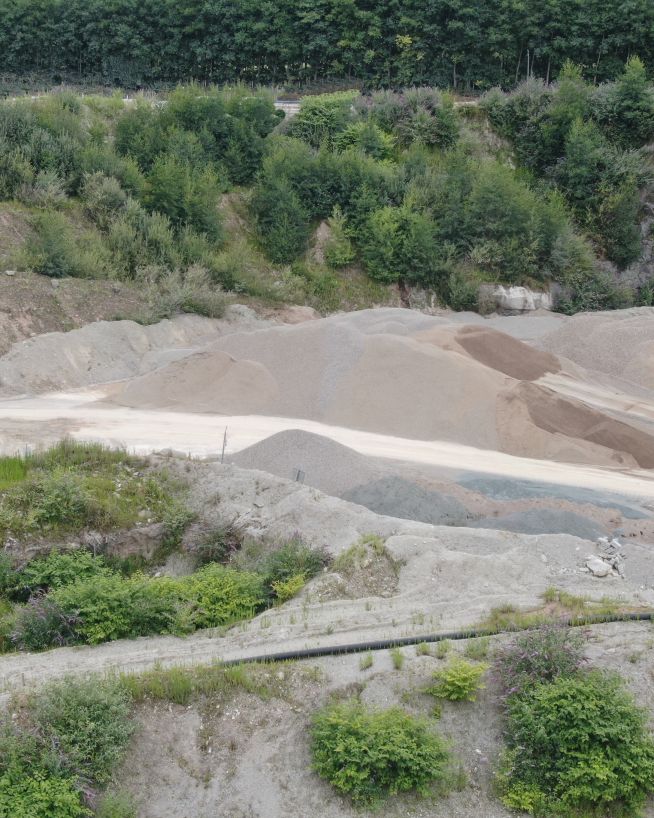
Monitor status and progress without downtime
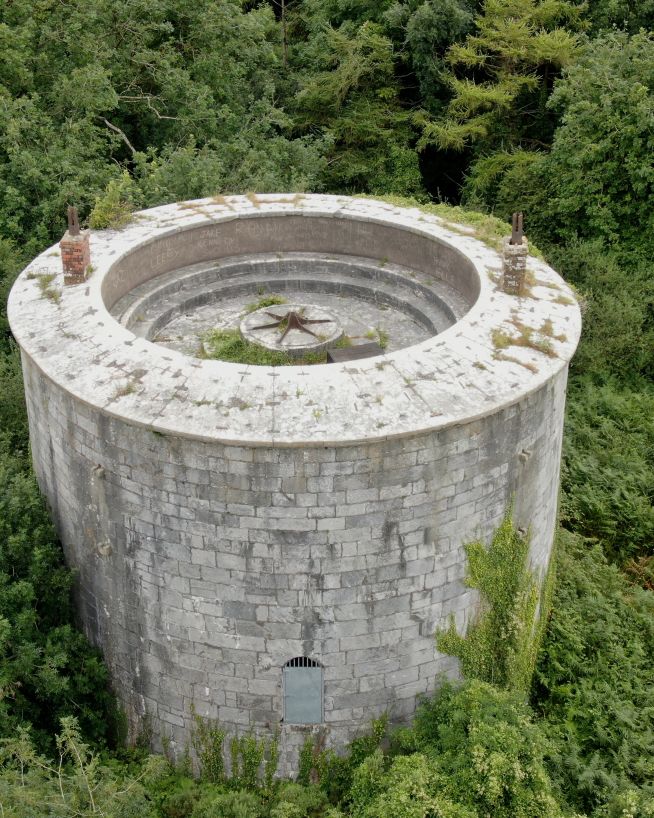
Analyse historical buildings without risk to people or property
3D mapping typically refers to the generation of a digital twin of a real world thing, be it a handheld object, a build/structure or a large piece of land. It is typically generated using either Photogrammetry but it can also be done using Lidar. Once generated a near photo realistic dimensionally accurate model can be then viewed assessed and manipulated in most any computer or handheld device. Also known as a digital twin or 3D modelling users can analyse these digital representations of objects in three dimensions.
The major advantage to this form of data presentation is the context it brings to the data. Every feature and defect is clearly seen within the larger context of the object. This makes it much more intuitive and efficient to work with with the data. This technique offers an up-to-date and comprehensive method of information collecting and visualisation. WHat we say here is "with 3D mapping you can bring the asset to the people instead of bringing the people to the asset". This means instead of ten different site visits by various parties there only needs ot be one visit thenall the rest cna be done in the office. More about 3D Mapping...
A digital surface model (DSM) made by a drone refers to a 3D representation of the Earth's surface that is created through the use of remote sensing technology. Drones are equipped with sensors that capture high-resolution images of the ground surface from different angles, which are then processed and stitched together to create a comprehensive 3D map. The DSM is different from other elevation models, as it includes all surface features, including trees, buildings, and other objects on the ground. DSMs have a wide range of applications, including land management, urban planning, environmental monitoring, and disaster response.
A Digital Surface Model (DSM) is a 3D representation of a geographic area that shows the height, shape, and texture of the terrain and any objects on the surface. It is created using digital elevation data obtained from various sources such as aerial photography, LIDAR, or satellite imagery. DSMs can be used in a variety of applications, including urban planning, flood risk assessment, and infrastructure development. They provide a detailed view of the Earth's surface, allowing for accurate measurements of elevation and topography. DSMs are a valuable tool for analyzing and visualizing the landscape and can be used to support a wide range of geospatial analyses.
A digital terrain model (DTM) created by a drone refers to a highly accurate and detailed digital representation of the Earth's surface, generated through the use of unmanned aerial vehicles (UAVs) equipped with advanced sensors and cameras. These sensors collect a vast amount of data, which is then processed using specialized software to create a 3D model of the terrain. The resulting DTM is typically used for various applications such as urban planning, construction, forestry, agriculture, and natural resource management. The advantage of using a drone to create a DTM is its ability to capture data from hard-to-reach areas and produce high-resolution images with incredible accuracy.
A digital terrain model (DTM) is a digital representation of the Earth's surface that captures the elevation data of a particular area, represented in a grid format. It is created by using specialized software that analyzes data from various sources, such as satellite imagery, aerial photography, and ground-based surveys. The DTM accurately portrays the three-dimensional topography of the terrain, including the height and slope of the land, and can be used for a wide range of applications, such as urban planning, flood management, geological analysis, and environmental modeling. DTMs are widely used in the fields of cartography, geology, geography, and remote sensing, among others.
DSM (Digital Surface Model), DTM (Digital Terrain Model), and DEM (Digital Elevation Model) are three commonly used terms in the field of geomatics and remote sensing. These models represent different types of 3D data models that are used to represent the elevation of the Earth's surface. Although they are often used interchangeably, there are some significant differences between these models.
A DSM represents the topmost surface of the Earth's terrain, including any vegetation, buildings, and other objects that may be present on the ground. In other words, a DSM is a digital representation of the Earth's surface with all features and objects included. DSMs are commonly used in applications such as urban planning, flood modelling, and environmental studies, where a detailed representation of the Earth's surface is required.
A DTM represents the bare Earth surface, excluding any objects or features above the terrain such as vegetation, buildings, and other structures. DTMs are used to study the Earth's surface in its natural form, and are commonly used in applications such as topographic mapping, hydrology, and soil mapping. DTMs are created by removing all features from a DSM, leaving only the terrain elevation data.
A DEM represents the elevation of the Earth's surface in a digital format, regardless of whether it is covered by objects or features such as vegetation or buildings. DEMs can be derived from both DSMs and DTMs, and are used in a wide range of applications, such as flood risk assessment, land management, and geological studies.
The main differences between DSMs, DTMs, and DEMs lie in the type of data they represent and the applications they are used for. DSMs represent the topmost surface of the Earth's terrain, while DTMs represent the bare earth.

Lidar drone mapping is the use of drones equipped with Light Detection and Ranging (Lidar) technology to create high-resolution 3D maps of terrain, buildings, and other objects. The drone emits laser beams that bounce off objects and return to the drone's sensors, creating a detailed point cloud of the object or terrain. The resulting data can be used in a variety of applications, including urban planning, construction, and environmental monitoring. Lidar drone mapping is faster and more accurate than traditional surveying methods and can cover a larger area with greater detail in less time, making it an increasingly popular tool for mapping and surveying professionals. More about LIDAR...
Optical zoom is a feature found in cameras that allows you to change the focal-length of the lens, which in turn magnifies the image. Unlike digital zoom, which simply enlarges the pixels of an image, optical zoom physically moves the lens elements to zoom in or out, resulting in a higher-quality, more detailed image.
Optical zoom is better than digital zoom for several reasons. Firstly, optical zoom maintains the image quality and sharpness because it captures more detail from the subject. In contrast, digital zoom often results in a pixelated, blurry image because it enlarges the existing pixels of an image, which degrades the quality.
Secondly, optical zoom allows you to get closer to your subject without physically moving closer, which can be useful in situations where you cannot or do not want to approach your subject closely. This can be especially helpful for wildlife photography or for taking photos of events from a distance.
Overall, optical zoom is a valuable feature that can help you capture high-quality, detailed images from a distance, making it a must-have for many photographers.

An orthomosaic is a high-resolution, georeferenced image produced by stitching together multiple overlapping aerial or drone images. Unlike a regular mosaic, an orthomosaic corrects for perspective distortion and terrain variations, resulting in a highly accurate and detailed representation of the area being imaged.
Orthomosaics are used in a variety of fields, including agriculture, construction, urban planning, and environmental monitoring. For example, in agriculture, orthomosaics can be used to create detailed maps of crop health and yield, allowing farmers to optimize their planting and fertilization strategies. In construction, orthomosaics can be used to monitor progress and identify potential safety hazards on a job site. In urban planning, orthomosaics can be used to map out infrastructure and identify areas in need of maintenance or repair. And in environmental monitoring, orthomosaics can be used to track changes in land use, detect changes in water quality, and monitor wildlife habitats.
An orthophoto is a georeferenced aerial or satellite photograph that has been corrected for topographic relief, camera tilt, and other distortions so that it has a uniform scale and can be used for precise measurement and mapping.
To create an orthophoto, multiple overlapping images of an area are captured from different angles and heights. These images are then corrected for distortions, such as perspective and relief displacement, using photogrammetric techniques. The result is an image that has a uniform scale and can be used for accurate measurements of distance, area, and volume.
Orthophotos are used in a variety of applications, including urban planning, land surveying, environmental management, and emergency response. They are particularly useful for identifying and mapping changes in land use, such as the expansion of urban areas or the conversion of natural habitats. Orthophotos can also be used to create detailed terrain models and to plan the placement of infrastructure, such as roads and buildings.
Photogrammetry is a technique that involves the use of photographs to measure and extract three-dimensional information about an object or scene. It involves taking multiple photographs of an object or area from different angles and then using software to analyze the images and create a 3D model. The process involves identifying common points on the photographs and using these points to triangulate the location of the object in three-dimensional space.
Photogrammetry has many applications in various fields, such as surveying, architecture, engineering, and mapping. It is used to create accurate and detailed maps, models of buildings and landscapes, and to measure distances and volumes. In archaeology, photogrammetry is used to create 3D models of ancient artifacts and structures, allowing researchers to study and analyze them in detail without risking damage to the original objects. It is also used in cinematography to create special effects and computer-generated imagery. With the advancement of technology, photogrammetry has become a powerful tool for capturing and analysing complex visual data. More about 3D Mapping...
Real-Time Kinematic (RTK) is a type of satellite-based positioning system that is commonly used in surveying and mapping applications. RTK technology uses a combination of GPS (Global Positioning System) and GLONASS (Global Navigation Satellite System) signals to provide highly accurate and precise location information. Unlike traditional GPS systems that provide accuracy within a few meters, RTK systems can provide Centimetre-level accuracy in real-time. RTK works by using a fixed base station that receives satellite signals and transmits corrections to a mobile rover receiver in real-time. This allows the rover to calculate its precise location relative to the base station with high accuracy and speed.
Drone-based thermal imaging is a technology that utilizes unmanned aerial vehicles (UAVs) equipped with thermal cameras to capture high-resolution thermal images of various objects or areas. This technology allows for the detection and measurement of temperature variations in a scene, enabling the identification of heat signatures of objects and their surroundings.
Drone-based thermal imaging can be used in a variety of applications, including search and rescue operations, inspection of power lines, pipelines, and other infrastructure, monitoring of wildlife, and identifying energy inefficiencies in buildings. The technology can detect temperature differences as small as 0.1°C, making it a valuable tool for detecting hotspots and identifying potential hazards.
In operation, the drone is flown over the area of interest, capturing thermal images of the scene. The images are then processed using specialized software that converts the temperature data into visible images that can be analyzed and interpreted. The resulting images can show temperature variations in a range of colors, with red and yellow indicating hot spots, and blue and green indicating cooler areas.
Overall, drone-based thermal imaging is a powerful technology that provides accurate, non-invasive, and efficient data for various applications. Its ability to provide high-resolution thermal imagery from a safe distance makes it a valuable tool for numerous industries and professionals. More about thermal imaging...
UHD or Ultra High Definition signifies that a camera's resolution is 3840x2160 pixels. This is exactly four time higher than high definition cameras (1920x1080 pixels), and so UHD is often also know as 4K. More about drone photography...